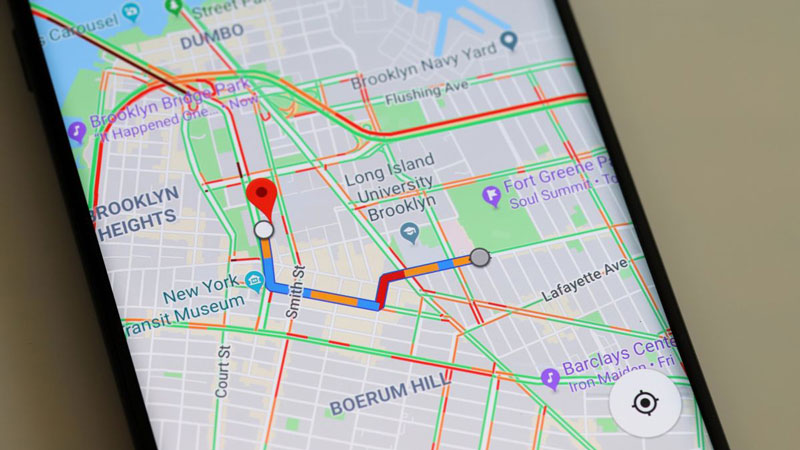There isn’t much that has remained out of our reach, and yet there still remains little that we do better than growing on a consistent basis. This commitment towards getting better, no matter the circumstances, has enabled the world to clock some huge milestones, with technology emerging as quite a major member of the group. The reason why we hold technology in such a high regard is, by and large, predicated upon its skill-set, which guided us towards a reality that nobody could have ever imagined otherwise. Nevertheless, if we look beyond the surface for one hot second, it will become clear how the whole runner was also very much inspired from the way we applied those skills across a real world environment. The latter component, in fact, did a lot to give the creation a spectrum-wide presence, and as a result, initiated a full-blown tech revolution. Of course, the next thing this revolution did was to scale up the human experience through some outright unique avenues, but even after achieving a feat so notable, technology will somehow continue to bring forth the right goods. The same has turned more and more evident in recent times, and assuming Google’s latest move ends up with the desired impact, it will only put that trend on a higher pedestal moving forward.
Google has officially announced the launch of various new AI features that are geared towards helping Google Maps provide more immersive navigation, easier-to-follow driving directions, and better organized search results. For starters, the tech behemoth has updated the application’s search function to make it easier to find specific things near you. In practice, when you search for something, you will find specific photo results of what you are looking for. These photos come after AI and advanced image recognition models link-up to analyze the picture content shared by other users on Google Maps. Next up, the navigation platform will help you figure out whether the EV charging station you are planning to sop by is actually working or not. You see, according to studies, nearly 25 percent of chargers are down or inoperable at any given time. Hence, Google Maps will now be able to inform you on when a charger was last used, considering if the station was used a few hours ago, chances are it’s working. On the other hand, if it’s been a few days or weeks since it was last used, the indication might be to find another charger. Complimenting the same are more EV details such as charger’s compatibility with your EV and whether it’s fast, medium, or slow. Hold on, there is more for all EV owners and car companies. You see, Google has also made a call to offer updated Places APIs to help build out better features for cars with navigation systems based on Google Maps. As a result, car companies can use the Places API to build out more EV charging information so their customers can see real-time location information, plug type, and charging speeds directly on their vehicle’s infotainment screens. Talk about improving the driver’s experience, the search engine giant further solidifies that pledge through Immersive View, which was first announced earlier this year. Immersive View, for anyone who doesn’t know, brings a 3D view of a place to help users see where they’re supposed to go, while also offering other tidbits of information, like local business locations, weather, and traffic.
“AI has really supercharged the way we map,” said Chris Phillips, vice president and general manager of Geo, the team at Google that includes all of its geospatial location mapping products. “It plays a key role in everything from helping you navigate, [helping you] commute, discover new restaurants, where to go, when to go. These are all really important decisions that people are making all the time.”
Another detail worth a mention would be how Google is rebranding its augmented reality feature “Search with Live View” to “Lens in Maps”. Basically, you can use this feature by tapping on the Lens in the search bar. Then, you must hold up your camera to find information about the nearest train stations, coffee shops, ATMs, or whatever happens to be in close proximity of your location. Coming back to in-car capabilities, Google is set to bring HOV lanes for US drivers, a feature workable on both Android and iOS devices, as well as in cars with Google built-in. Alongside HOV lanes, you can also expect a lowdown on the speed limit information. Rounding up these highlights is the new look in which the whole value proposition will be presented. By new look, we mean updated colors, more realistic buildings, and improved lane details for tricky highway exits. The stated makeover will be accessible across 12 countries, including the US, Canada, France, and Germany.
“The foundation of all the work we do is to build the most comprehensive, fresh, accurate information to represent the real world,” Phillips said. “This is key for us, and we like to talk about the map as being alive.”













